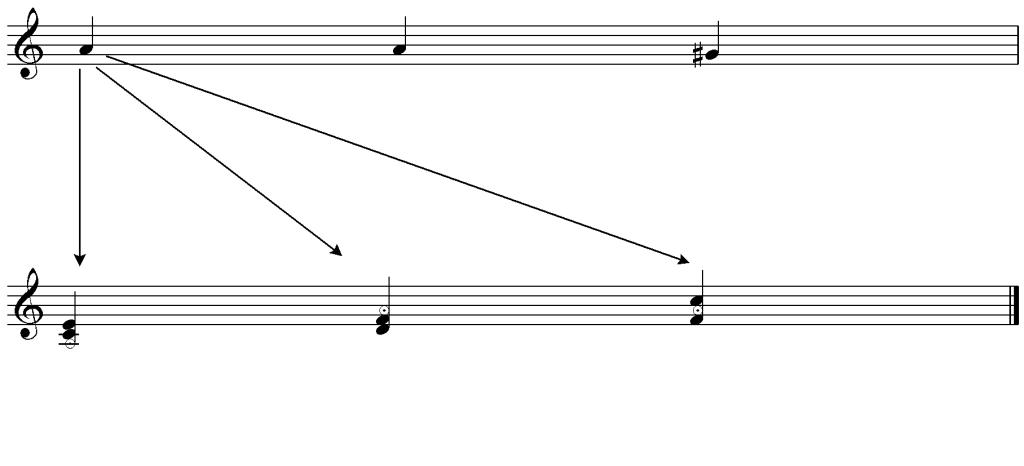
Christmas Carol Harmony – Part 1
This six step festive lesson utilises the melody of the Coventry Carol as a vehicle for learning the basics to harmonisation.

This piece was originally part of a mystery play which was performed during the Coventry Guild Pageants in the 16th century. Generally it is sung accapella. Due to the period of its inception it also ends on a tierce de picardie, a pointed third i.e. the major chord, as it was not accepted practice to end on the minor tonic. It is worthwhile checking out a truly original version of it sung by The Sixteen.
Following the six steps outlined below will flesh out a basic arrangement of the melody on the guitar and will aid you in setting your own personal style, so get creative and use your imagination to bring the melody alive as you hear it. Part two of this lesson will introduce some basic compositional devices which will spruce up the arrangement and solidify the structure.
Step 1:
Identify the key and its scales. In this case the key is C major however the scale in use is A harmonic minor, due to the G# note.
Remember every major scale has a relative minor scale, C major = A minor.
Step 2:
From the scale create the chords for each note, also called harmonization. (See November’s Post if you’re not sure.) Don’t panic if you do not know your harmonic minor, as its just a natural minor scale (which is the major scale starting at position vi) with a major chord in position V, supplied by the G#.
Step 3:
Match 66% of the melody notes within a bar to a chord; ignoring the G# for the moment. So bar one could be A minor, D minor or F major, as they all have an A note within their chord structure. To solidify the key center it would be best to pick A minor first, however that is a personal choice.
Begin building the arrangement from the bass up to the melody. So once the chord is chosen locate its lowest appropriate bass note preferably the root note of the chord for the moment, again for stability.
Step 5:
Start filling out the chord shape between the two notes. Remember you only really need two notes to make a basic chord, the root and third, anything after that is filler.
Step 6:
Identify passages, such as bar 5, that could support the use of intervals especially the sweet intervals of a 3rd, 6th and 10th. These are generally places where the melody is in small steps or scale segments.

Part two will take this basic arrangement and begin to add structural points, such as cadences, as well as flesh out some accompaniment ideas.
Free Download of all the above musical examples.






